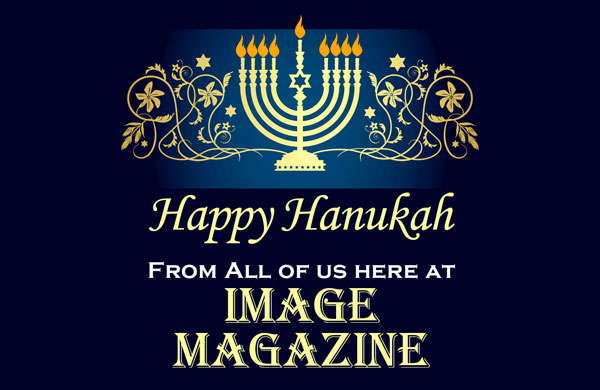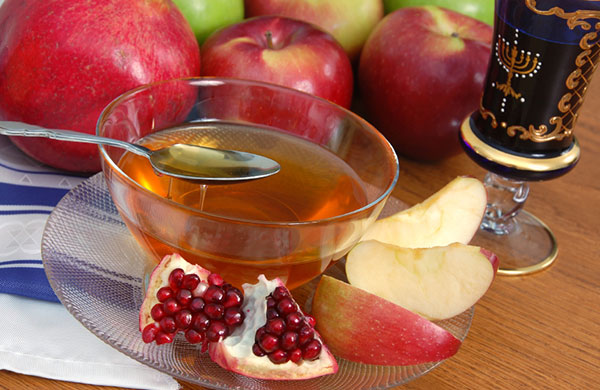 The 33rd day of the counting of the Omer is Lag Ba’Omer. The origins of the Omer count are found in the Torah itself, in Leviticus, which states that it is a commandment to count seven complete weeks from the day after Passover night ending with the festival of Shavuot on the 50th day. The 49 days of the Omer correspond to the time between physical emancipation from Egypt and the giving of the Torah at Mount Sinai on Shavuot. There are a number of explanations for why the 33rd day is treated as a special holiday.
The 33rd day of the counting of the Omer is Lag Ba’Omer. The origins of the Omer count are found in the Torah itself, in Leviticus, which states that it is a commandment to count seven complete weeks from the day after Passover night ending with the festival of Shavuot on the 50th day. The 49 days of the Omer correspond to the time between physical emancipation from Egypt and the giving of the Torah at Mount Sinai on Shavuot. There are a number of explanations for why the 33rd day is treated as a special holiday.
The Talmud states that during the time of Rabbi Akiva, 24,000 of his students died from a divine-sent plague during the counting of the Omer, because they did not show proper respect to one another. We celebrate Lag Ba’Omer, the 33rd day of the count, as the day that this plague ended.
After the death of Rabbi Akiva’s 24,000 students, he taught just five students, among them Rabbi Shimon bar Yochai. The latter went on to become one of the greatest teachers of Torah in his generation. The day of Lag Ba’Omer is also celebrated as the anniversary of the death of bar Yohai, who is believed to have authored the Zohar, a text of Jewish mysticism. According to tradition, on the day of his death, he revealed the deepest secrets of the Kabbalah. Indeed this day is seen as a celebration of the giving of the hidden, mystical Torah through Rabbi Shimon Bar Yochai, as a parallel to Shavuot, which celebrates the giving of the revealed Torah through Moses. Many thousands of Jews make a pilgrimage to bar Yohai’s tomb in Meron each year on this day.
There is some conjecture that the holiday also marks the temporary victory of Bar Kokhba’s men over the Romans. The holiday became a symbol emphasizing the struggle for national liberation and freedom. On Lag BaOmer, children play with bows and arrows and adults make bonfires. This coincides with Bar Kochba’s revolt. The most well-known custom of Lag BaOmer is the lighting of bonfires. Some say that as bar Yohai gave spiritual light to the world with the revelation of the Zohar, bonfires are lit to symbolize the impact of his teachings.
During the Middle Ages, Lag Ba’Omer became a special holiday for rabbinical students and was even called the “Scholar’s festival.” It was customary to rejoice on this day through various kinds of merrymaking. As restrictions of mourning are lifted on this 33rd day of the count of the Omer, weddings, parties, listening to music, picnics, and haircuts are commonly scheduled to coincide with this day.
Lag Ba’Omer is special in that the prohibitions of the Omer period may be suspended for the day. It is a time of dancing and singing. Families go on picnics and outings. Children go out to the fields with their teachers with bows and (rubber-tipped) arrows, and bats and balls. Tachanun, the prayer for special Divine Mercy on one’s behalf is not said, because when G-d is showing one a “smiling face,” so to speak, as He does especially on the holidays, there is no need to ask for special mercy.
In Israel, Lag Ba’Omer is a school holiday. Youngsters and their parents light bonfires in open spaces in cities and towns throughout the country. Students’ Day is celebrated on the campuses of the various universities and hundreds of weddings are held on Lag Ba’Omer—this adds to the festive character of this holiday.


